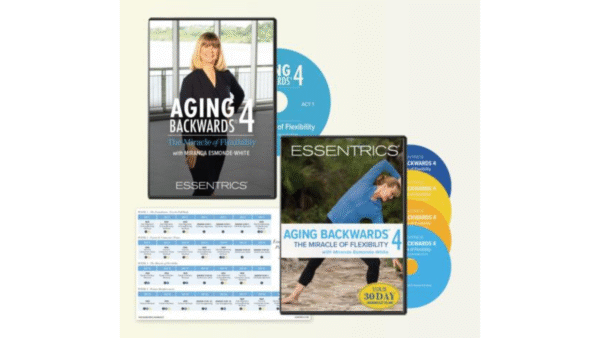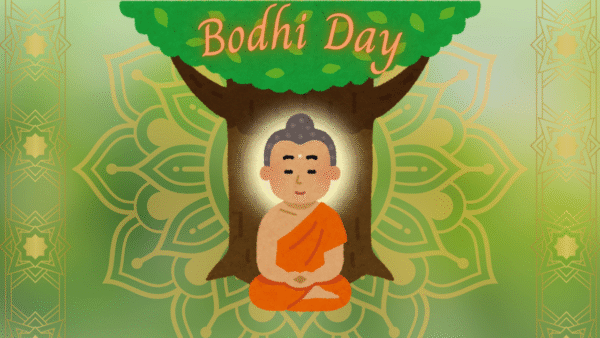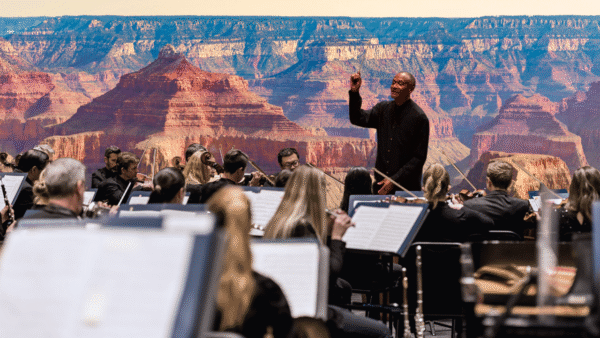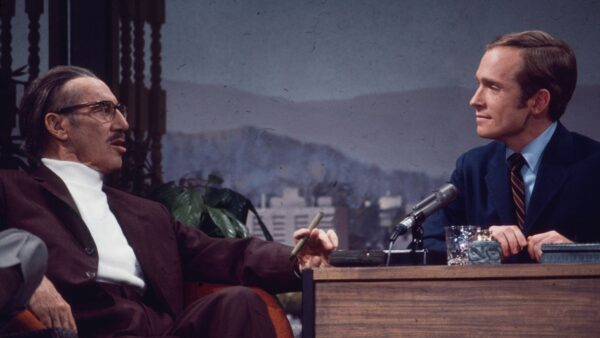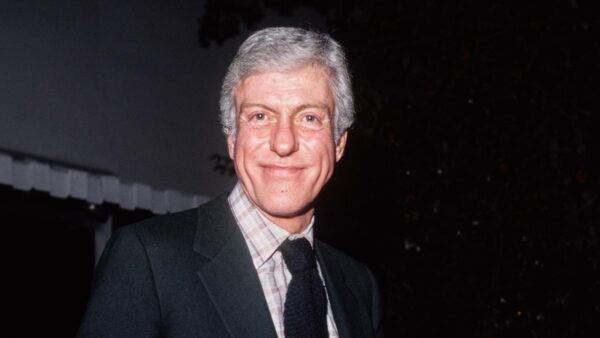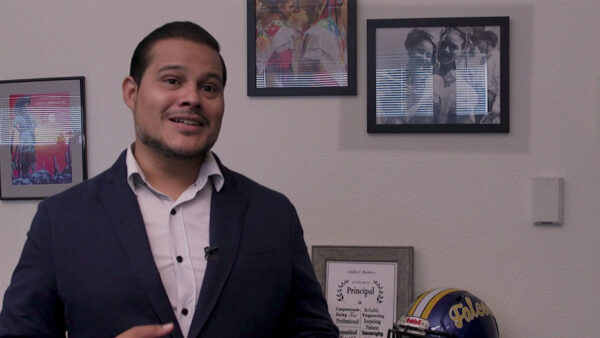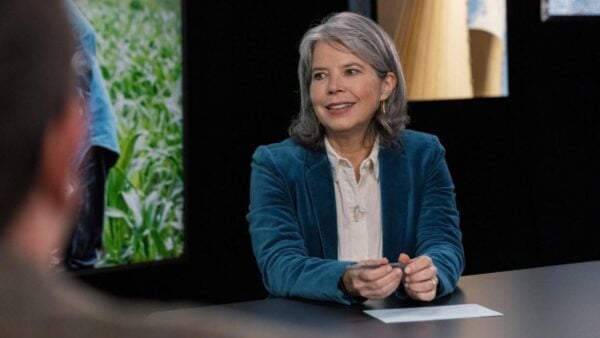Programming Highlights
You’ll Have the Sky: The Life and Work of Anne Morrow Lindbergh
For most young people today, the most familiar thing about Anne Morrow Lindbergh is her last name. Yes, she was the wife of aviation pioneer Charles Lindbergh, whose namesake has been borrowed for many an airfield, but did you know that she was also one of the 20th century’s best-loved writers? Watch to learn more about the gifted writer and to understand the impact of aviation on women and celebrity in the 20th century.

Northanger Abbey
One of Jane Austen’s first novels follows newcomer actress (at the time) Felicity Jones as romance addict Catherine who, after being invited to stay at a medieval country house which looks and feels like it was lifted straight out of the novels she loves, becomes smitten with a boy, and romance ensues. However, in a plot twist that fans will recognize as a very Austen move, love is cut mysteriously short. Watch to see how Austen’s literary style began.
Influenza 1918 | American Experience
More than a century ago, people became victims of a mysterious illness that spared few and sent many to the hospital. Scientists realized the danger and told people that being in close proximity to each other was unwise, but the government ignored those recommendations and told people to keep gathering. Sound familiar? What we’re dealing with feels unprecedented, but it’s not. Things may seem eerily similar — and many truly are — but unlike the 1918 pandemic, provided we heed the warnings given to us and learn from our mistakes, eventually, we’ll see how resilient we all are and things will be better. Watch to see how we handled things back then.

At-Home Learning Tips
Make Adjustments for Those With Special Needs
As any parent or caregiver knows, disruptions to a routine are hard on a child, and they’re especially difficult for children with Autism or special needs. Thankfully, you know your child, you know their routine, and you know how to best support them. We asked experts how else parents can support their children and one tip they had was for parents to create a pseudo-structure that mirrors their normal routines and to keep “active times” the same, moving with your child’s rhythm. See how else you can support your child here.
Friday on Arizona PBS
| 12:30 p.m. | Northanger Abbey
Setting: Literary Elements and Techniques – Video |
|
|
|
| 2:00 p.m. | Anne Morrow Lindbergh: You’ll Have the Sky
Milestones in Flight: The Lindbergh’s – Video |
|
|
|
| 2:30 p.m. | Influenza 1918: American Experience
Influenza 1918-Photo Gallery – Images |
|
|
|
| 3:30 p.m. | The Polio Crusade: American Experience
The Polio Crusade – Images |
Additional Resources
Anne Morrow Lindbergh’s Long-Lasting ‘Gift’
Read excerpt’s of the author’s best-loved book “Gift from the Sea” and its prose on the lives of American women in the middle of the 20th century.
The Lasting Legacy of Jane Austen
Did you know the 1995 classic “Clueless” is based on Jane Austen’s “Emma?” Listen to learn more about how even 200 years after her death, the famously witty author is celebrated for spurring people to speak truth to power and even find happiness and love on their own terms.

FILM REVIEW: A Teenager Who’s Clear on Her Priorities
Just for fun, here’s the original “New York Times” review of the aforementioned movie about a “teen queen” and the “worst Californian academic talent this side of Ridgemont High.” After that, maybe make tonight a movie night.
The 1918 Influenza Pandemic and COVID-19
Did you know the ancient Greeks believed that diseases were a punishment from gods for wrongdoings and that mass outbreaks of influenza have been documented as far back as the 5th century BCE? Medical historians believe large scale influenza outbreaks occurred in 1510 and 1557 that may have been pandemics, but an outbreak in 1580 marks what is widely regarded as the first true influenza pandemic, which devastated Rome and Spain. After that, humans lay low for a few centuries, until the famous 1918 pandemic. Read about how despite so much has changed since, our response to COVID-19 is reflected in many of the lessons we learned back then.
How Did L.A. Cope With the Influenza Pandemic of 1918?
This particular strain of influenza would eventually kill 675,000 people in the United States and an estimated 25 to 50 million people around the world. In L.A., it killed 494 out of every 100,000 residents, approximately .49% of the city’s population.








